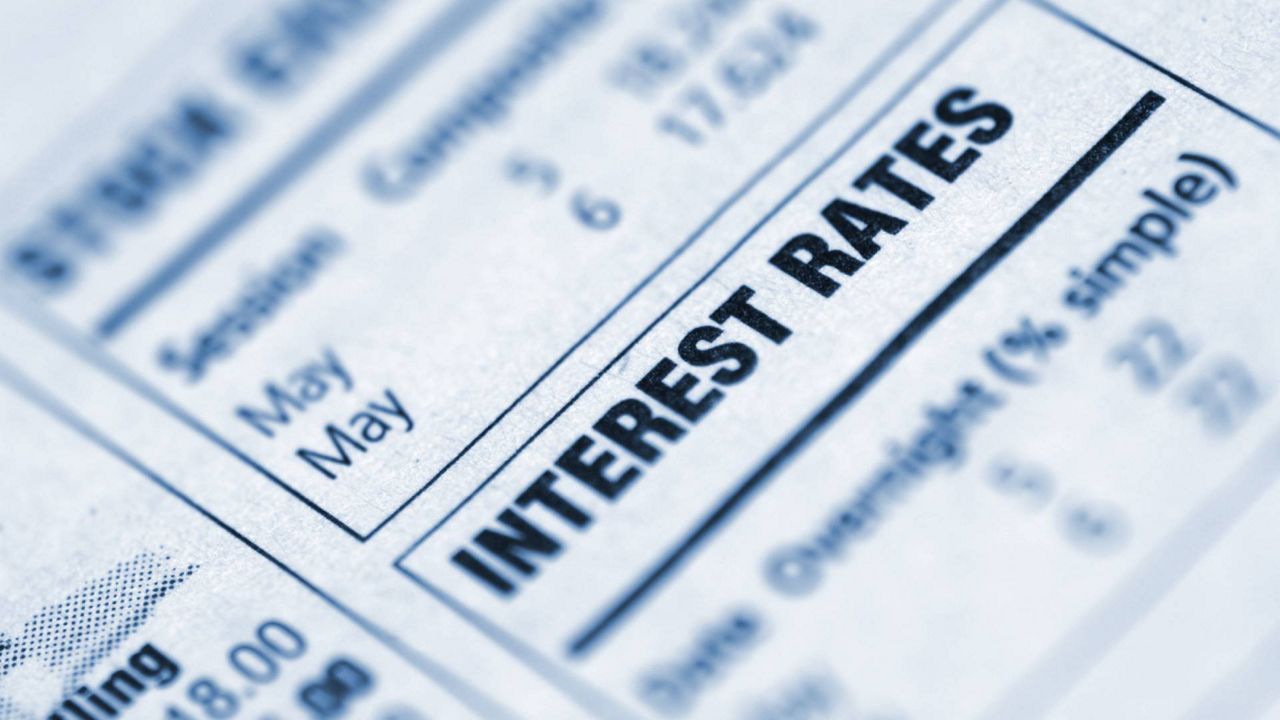LOS ANGELES — About 20 million Americans are receiving some sort of unemployment compensation, and 42% of households are bringing in less income now than they were before the pandemic, according to the personal finance website Bankrate.com.
But there is some good news for 2021: Interest rates are expected to remain low and relatively stable throughout the year.
Mortgage rates, in particular, are a bright spot. After “falling off the table in 2020, they just continued to set new lows as 2020 came to a close,” said Greg McBride, chief financial analyst for Bankrate.com.
Rates tumbled from 3.85% to 2.95% for a 30-year mortgage over the course of 2020 and from 2.95% to 2.37% for a 15-year loan.
"I expect mortgage rates will trend a little lower early in 2021 due to some concerns about weakness in the economy. In the back half of the year, if we see a robust economic recovery, that will push mortgage rates up, but those increases will be tempered," said McBride, adding that he expects the 30-year mortgage rate to be a little over 3% by year’s end.
Those mortgage savings “have a stimulative effect on the economy,” McBride noted. Households that refinance can save hundreds per month and can use that money to pay down debt or boost savings that are likely to be unleashed as pent-up demand when widespread vaccinations become a reality by the middle of the year.
Home equity lines of credit, or HELOC, rates are expected to act oppositely. They’ll be lower by the end of the year as the economy improves, mortgage rates increase, and refinancing drops off. That is when many lenders will shift their focus to home-equity products.
“In the latter part of the year, you’ll see heightened competition, which, in a low-rate environment, definitely benefits consumers,” said McBride, adding that he expects the average HELOC to come in at 4.61% and average home equity loan to be 5.05% by the end of the year.
Auto loan rates, which declined from 4.6% to 4.22% for a 60-month loan throughout 2020, will continue to decrease this year.
“We’ll see rates for both new and used car loans trending lower throughout the year, but at a snail’s pace,” said McBride, who also expects rates to average around 4.08% for new-car loans and 4.75% for used-car loans.
While there are many upsides to low interest rates, yields on savings aren’t one of them. Returns for savings accounts will be flat or slightly down from last year, which was already at a measly .07% yield as 2020 came to a close.
Related Stories
Credit card rates, however, are expected to increase, especially for individuals with credit scores of 650 or lower. “What we’re seeing is a fork in the road with credit card issuers squeamish about risk but competing tooth-and-nail for consumers that have low probability of default, high credit card quality, and are volume spenders,” McBride said. “Your experience is going to depend where you fall on the credit spectrum.”
Individuals with good credit will see even more low-rate balance transfer offers and tantalizing reward cards. But those with weaker credit are going to see higher rates and pretty stingy credit lines. McBride expects credit card rates to average 16.15% at year end.
What’s happening with credit card rates is a mirror of the K-shaped economic recovery, “where one leg is like an escalator up, and the other leg is like an escalator going down,” McBride said. “2021 is going to be the best of times and the worst of times, depending on which leg of that 'K' you’re on.”
For someone with good credit who is still working, managed to pay down debt, and boost savings in 2020, things look really promising in 2021 because interest rates are low for borrowing. But for those who are out of work and don't know when they'll be called back or even if they'll be able to find another job, 2021 will continue to be a year of hardship.
"As opposite as those perspectives are, that’s the reality for 2021," said McBride.



